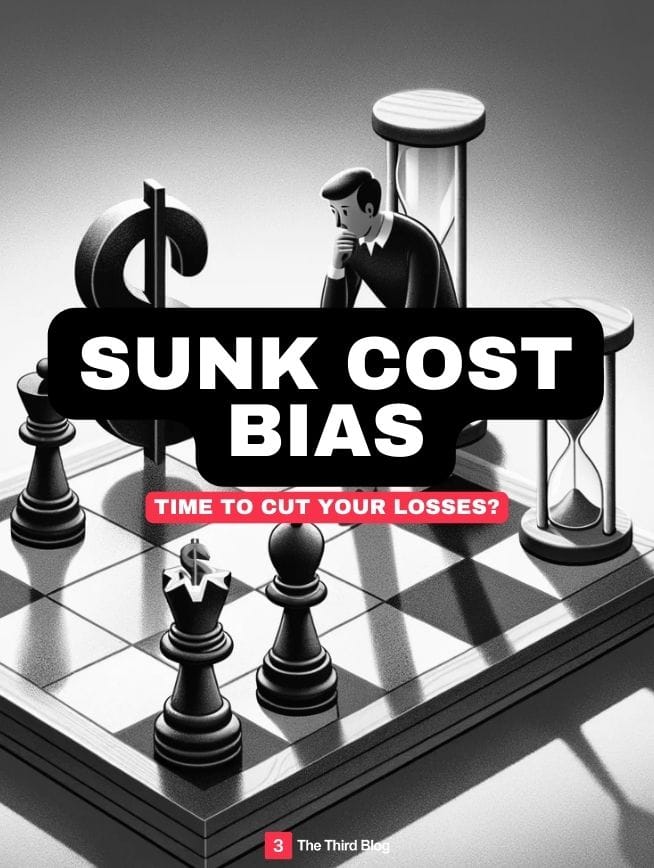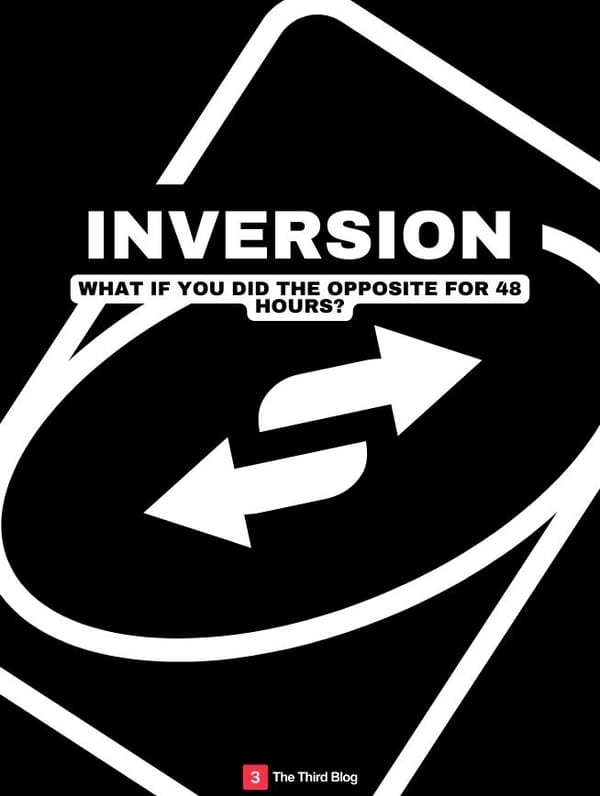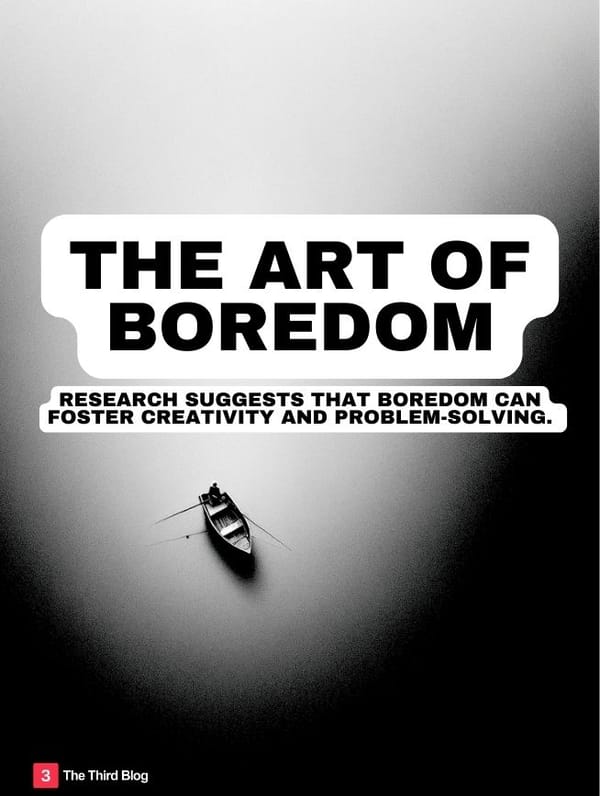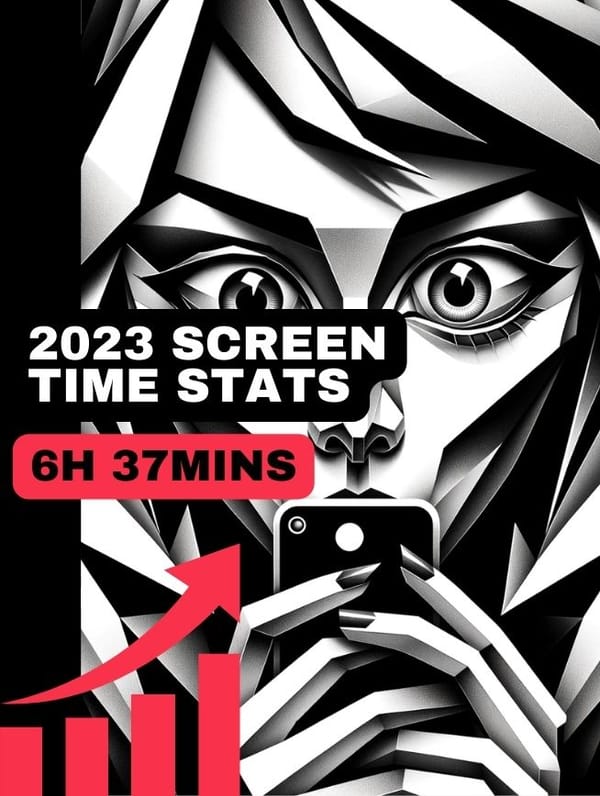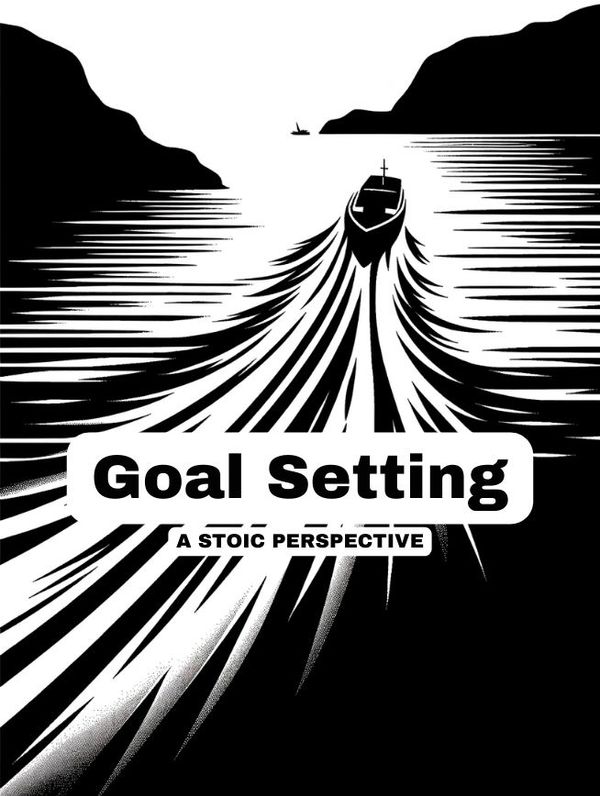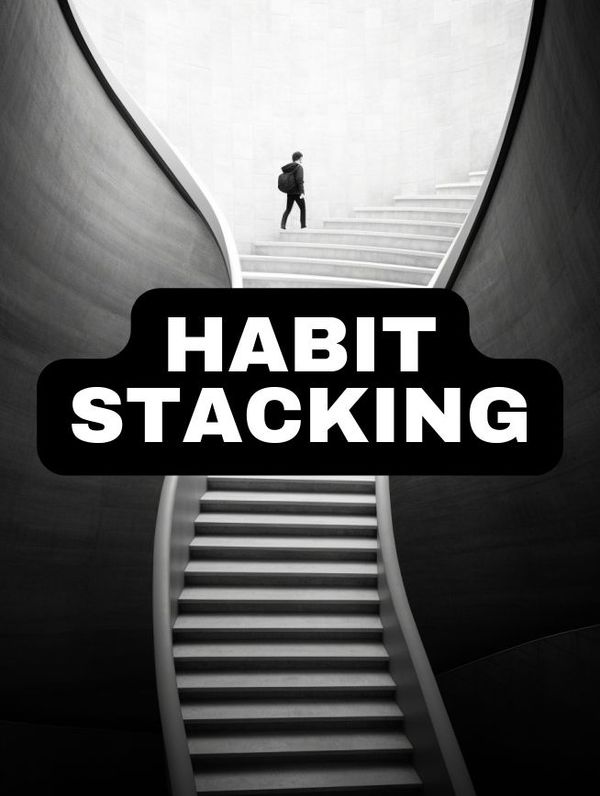There's a fine line between determination and falling prey to the sunk cost fallacy. This psychological phenomenon can trap us in a cycle of investing time, money, or effort into decisions that no longer serve our best interests, simply because we've already invested so much.
After a large financial investment, I recently had some setbacks in some of my own long-term plans that led me to this fallacy and an investigation into it. Today, I'll delve into the sunk cost bias, exploring its implications and offering strategies to overcome it.
“The sunk-cost fallacy keeps people for too long in poor jobs, unhappy marriages, and unpromising research projects.” - Daniel Kahneman
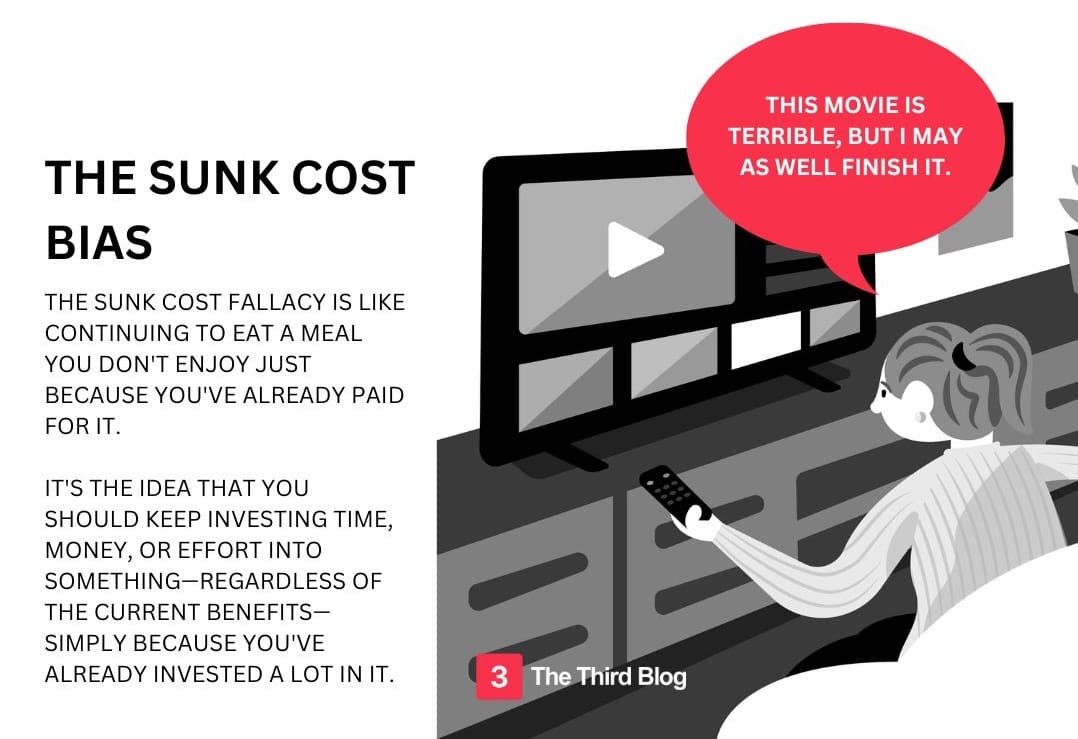
The Psychology Behind It
At the heart of the sunk cost bias is an emotional over-investment in our decisions. It's partially rooted in loss aversion, a concept from behavioural economics suggesting that the pain of losing is psychologically about twice as powerful as the pleasure of gaining. Acknowledging that our investments—be it time, money, or effort—have not paid off, feels like accepting a loss, which we're psychologically wired to avoid.
Real-World Examples
- Business: A company continues to invest in a failing project because it has already spent a significant amount of resources on it, ignoring the bleak prospects of future returns.
- Personal Life: An individual stays in a relationship or keeps pursuing a hobby that no longer brings joy, simply because of the emotional, time, or financial investment they have made.
- Education and Careers: Students may continue with a major they are no longer interested in, or professionals might stay in a job that doesn't satisfy them because of the time and effort they've already invested in their education or career path.
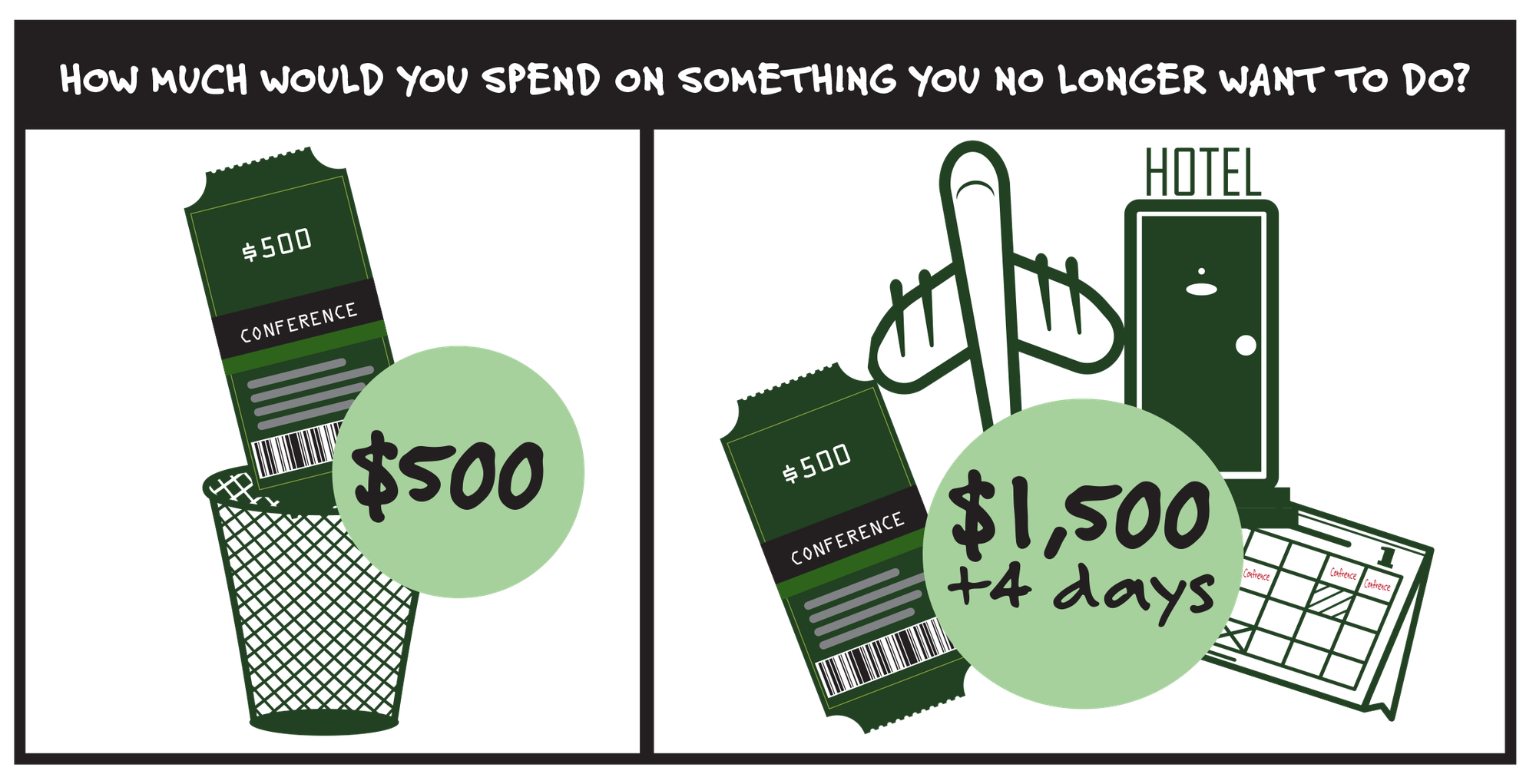
"When people walk away from you, let them go. Your destiny is never tied to anyone who leaves you, and it doesn't mean they are bad people. It just means that their part in your story is over." - Bishop T D Jakes
The Impact of Sunk Cost Bias
The sunk cost bias can lead to suboptimal decision-making, wasted resources, and missed opportunities. It can lock individuals and organisations into paths that are no longer beneficial, preventing them from exploring potentially more rewarding alternatives.
How to Overcome the Sunk Cost Bias
- Acknowledge the Bias: Awareness is the first step to overcoming the sunk cost fallacy. Recognize when your decisions are being influenced by past investments rather than future benefits.
- Cultivate an Objective Perspective: Try to view your situation from an outsider's viewpoint. An objective analysis can help you see the costs and benefits more clearly without the emotional baggage of your investment.
- Embrace a Forward-Thinking Mindset: Focus on future costs and benefits rather than what you've already invested. Ask yourself, "What will I gain by continuing this investment?" and "What are the opportunities I might miss if I keep going?"
- Set Predefined Criteria for Success and Failure: Establish clear goals and benchmarks for your investments (time, money, effort) and be ready to reassess your commitment if those benchmarks are not met.
- Accept and Learn from Failures: Recognise that acknowledging a sunk cost can be an opportunity for learning and growth. Embracing your mistakes without letting them define you encourages smarter decision-making in the future.
The Power of Letting Go
Understanding and overcoming the sunk cost bias is not just about minimising losses; it's about maximising future gains. It's a reminder that sometimes, the most courageous decision we can make is to cut our losses and move forward. The ability to let go of past investments, when they no longer serve our best interests, can free up resources, time, and emotional energy to invest in more promising opportunities.
In conclusion, the sunk cost bias is a pervasive and powerful force that can lead to irrational decision-making. By becoming aware of this bias and actively working to mitigate its effects, we can make more rational, beneficial decisions that align with our current and future goals. It's not always easy to cut our losses, but sometimes, it's the most strategic move we can make.
Thanks for reading.
T3B


